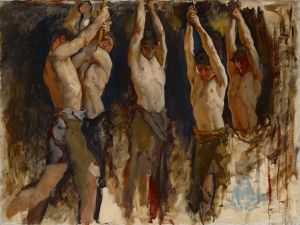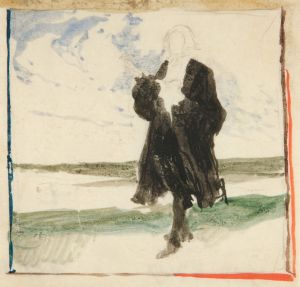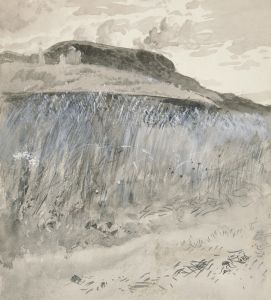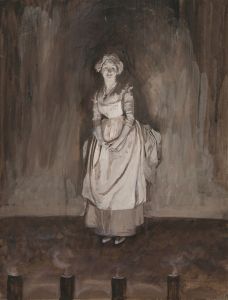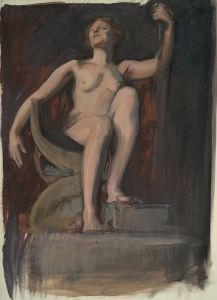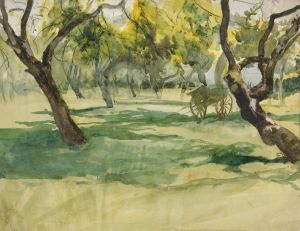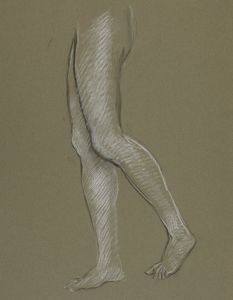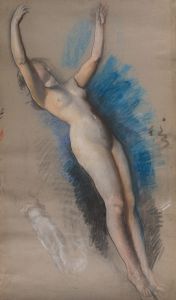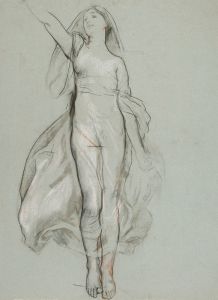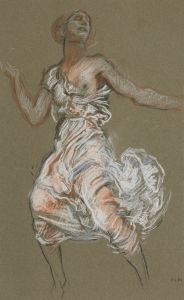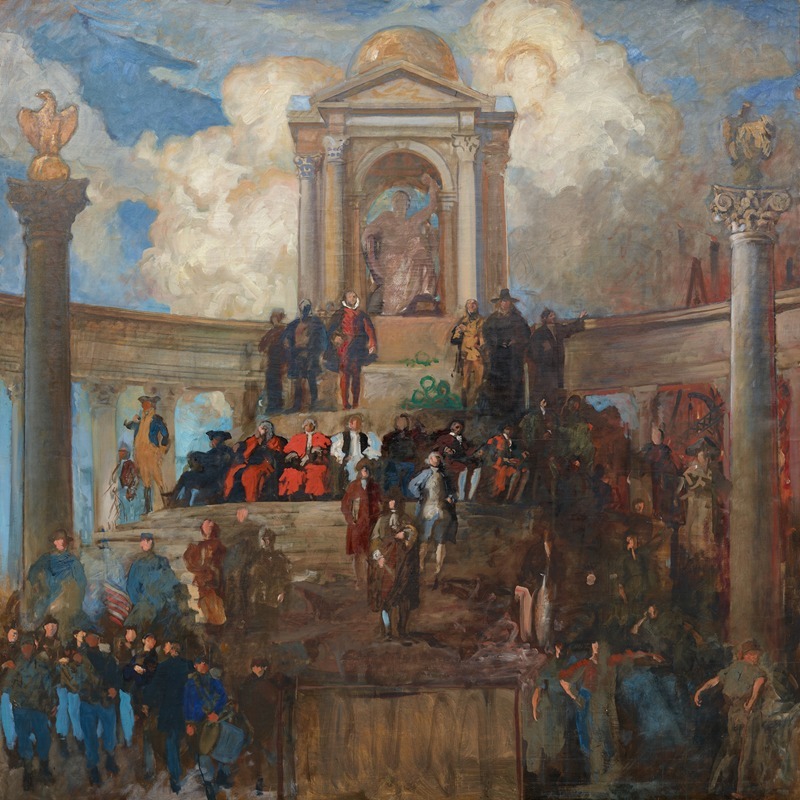
Study for The Apotheosis of Pennsylvania, House of Representatives Chamber, Pennsylvania State Capitol, Harrisburg
A hand-painted replica of Edwin Austin Abbey’s masterpiece Study for The Apotheosis of Pennsylvania, House of Representatives Chamber, Pennsylvania State Capitol, Harrisburg, meticulously crafted by professional artists to capture the true essence of the original. Each piece is created with museum-quality canvas and rare mineral pigments, carefully painted by experienced artists with delicate brushstrokes and rich, layered colors to perfectly recreate the texture of the original artwork. Unlike machine-printed reproductions, this hand-painted version brings the painting to life, infused with the artist’s emotions and skill in every stroke. Whether for personal collection or home decoration, it instantly elevates the artistic atmosphere of any space.
"Study for The Apotheosis of Pennsylvania, House of Representatives Chamber, Pennsylvania State Capitol, Harrisburg" is a preparatory work by Edwin Austin Abbey, an American artist renowned for his murals and illustrations. This study was created as part of Abbey's commission to decorate the Pennsylvania State Capitol in Harrisburg, a project that marked one of the most significant achievements of his career.
Edwin Austin Abbey (1852–1911) was a prominent muralist and illustrator during the late 19th and early 20th centuries. Born in Philadelphia, Pennsylvania, Abbey gained recognition for his detailed and historically inspired works. His commission for the Pennsylvania State Capitol was awarded in 1902, and it included the creation of murals for the building's House of Representatives Chamber. These murals were intended to celebrate the history, culture, and ideals of Pennsylvania.
The "Study for The Apotheosis of Pennsylvania" is a preliminary design for the central mural in the chamber. The final mural, titled "The Apotheosis of Pennsylvania," was completed in 1908 and remains one of Abbey's most celebrated works. The study reflects Abbey's meticulous planning process, as he often created detailed sketches and smaller-scale studies before executing his large-scale murals. This particular study showcases Abbey's use of allegorical figures and historical references to convey the themes of progress, governance, and the contributions of Pennsylvania to the United States.
The final mural in the House of Representatives Chamber features a grand composition that includes allegorical representations of Justice, Wisdom, and Abundance, as well as depictions of key moments and figures from Pennsylvania's history. Abbey's work was praised for its artistic quality and its ability to encapsulate the spirit of the state. However, Abbey himself was unable to see the full impact of his work, as he passed away in 1911, just a few years after completing the project.
The study is an important artifact that provides insight into Abbey's creative process and his approach to monumental art. It is also a testament to the broader movement of civic art in the United States during the early 20th century, when artists were commissioned to create works that celebrated national and regional identity.
Today, the study and the final mural are regarded as significant contributions to American art and are appreciated for their historical and cultural value.






